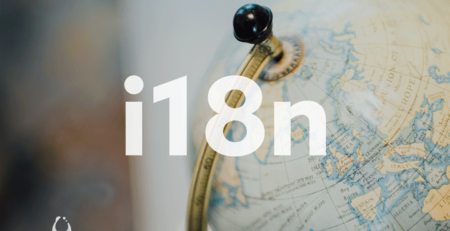What is Transcreation?
In a nutshell, Transcreation is the result of combining Translation with Creative Writing. It focuses on the complete adaptation of a message, so its intended meaning is not affected by the differences in tone, style, or cultural context of the target language.
It’s the natural result of exploring answers to specific marketing-related questions: Why do some people feel loyalty to a certain brand and not others? Why are some companies successful in new territories while others fail to connect with their audience?
Extensive research has found that consumers respond more naturally to the content that speaks to them directly, not only in the same language but with the emotions and everyday linguistic features they are familiar with. Conveying a message is simple, but unlocking what hides beneath its surface can be quite a challenge.
Differences between Transcreation and Translation
When translating something from one language to another, there’s a tendency to stay as close as possible to the source material. This does not mean that you need to translate things literally, but that you have to convey information as accurately as possible, making sure that nothing gets lost or nothing gets inadvertently added during the process.
Now, Transcreation is a different beast. Since it’s a hybrid between Translation and Creative Writing, in Transcreation you don’t simply translate something, but you adapt it based on several factors, such as the intended target audience, its culture, its idiosyncrasies, etc. It’s not simply about words, but about tone, emotion, and what those translated words and sentences can evoke in the audience. It’s about communicating a concept.
Translating something, for example, a medical text, can feel like delivering a package down a corridor that is surrounded on all sides by an electric fence. You can move a little bit to the sides while advancing during the translation process, but if you stray too much, you run the risk of making a mistake and getting shocked. Maybe over translating something, maybe a slight change of meaning due to the restructuring of a sentence. Professional Translators have a long-developed habit, based on decades of experience, of always returning to the source material to avoid potential problems in the future.
When doing Transcreation, the approach is totally different. What can be considered a mistake during the translation process, straying too far from the source material, for example, is strongly encouraged. The idea is to be creative, to use different sentences, different phrases, try different creative options, and maybe go as far as restructuring a message in its entirety. The ultimate goal is for the final product to trigger the same emotional response in the audience as the source material.
What does this mean in practical terms?
- Transcreation is more appropriate for marketing communications, advertising, branding, and other consumer-facing content. It doesn’t work everywhere, and it doesn’t work for everything. You are not expected to do Transcreation for Medical, Legal, Finance, or most Technical content.
- It needs a different set of skills than Translation. Not all professional translators can do Transcreation. Usually, copywriters with proficient use of the target language do great. And so do translators with really creative minds.
- It takes more time and therefore is more expensive. The usual industry standard for Translation is 350 words p/hour, while Transcreation is closer to 250 words p/hour.
- It always needs linguists that live and breathe the culture of the target audience. If you’re doing Transcreation for Mexico, you need a Mexican linguist. You need someone that can make language decisions instinctively and not by doing research in Google.
- It’s not only geographical location that matters, but age, interests, use of technology or social media, and other variables that have to do with the profile of the linguists involved.
If you’re in doubt about whether or not Transcreation would work for your content, feel free to reach out.
Arcadia Translations
The Perfect Link Between your Company and Latin America





